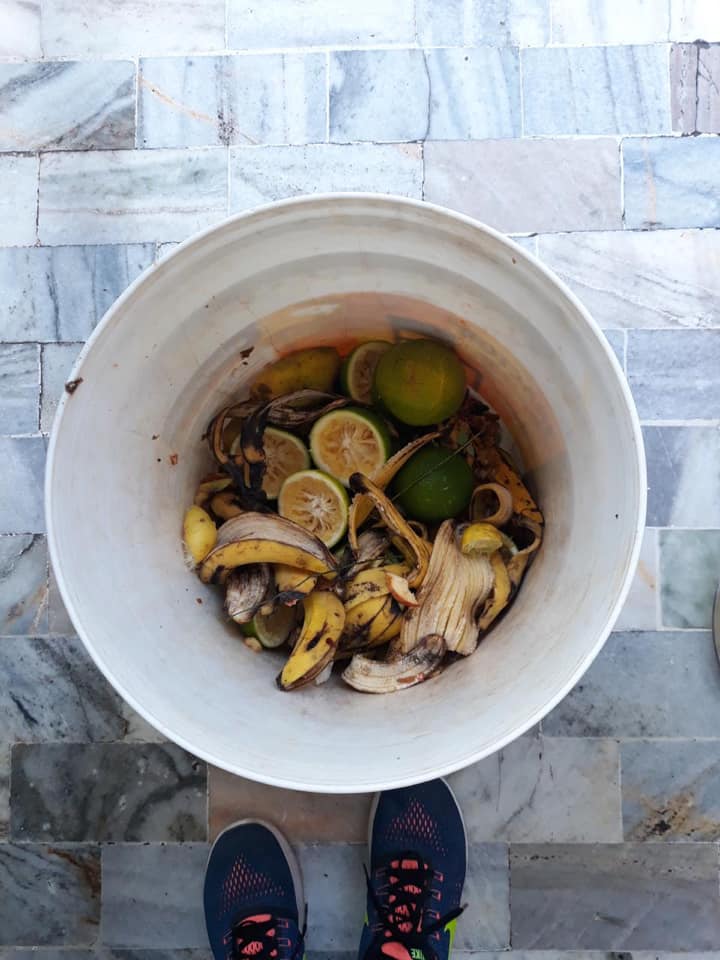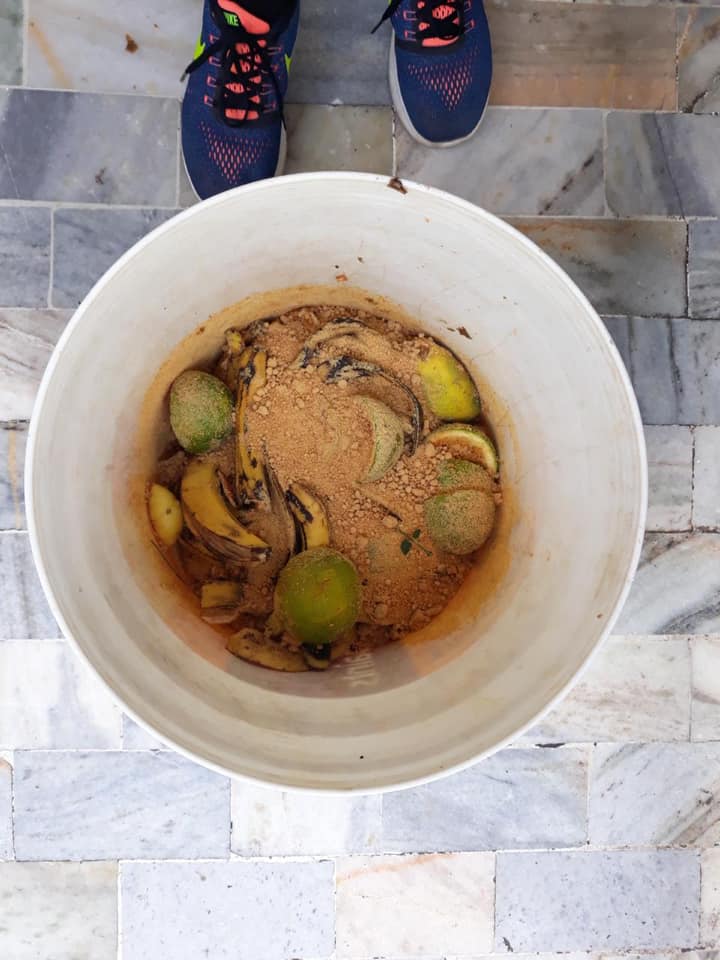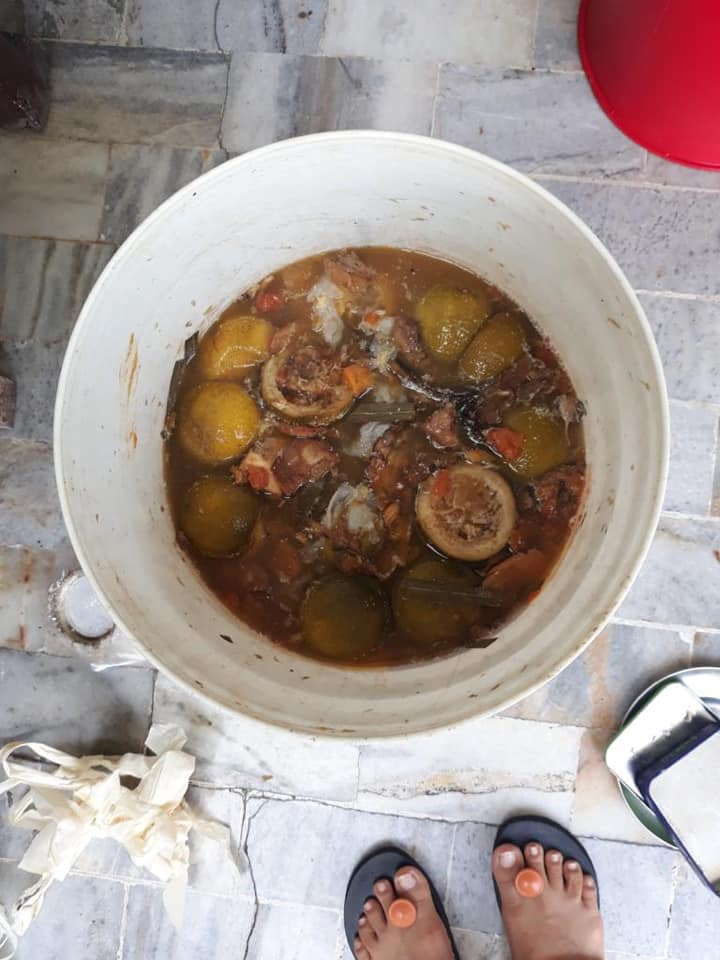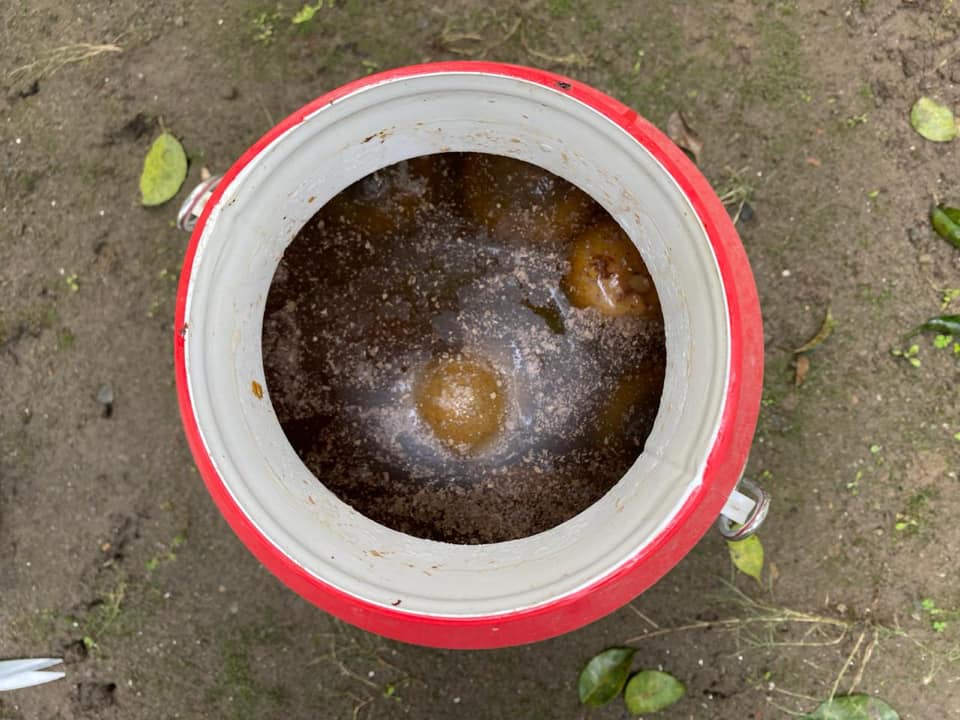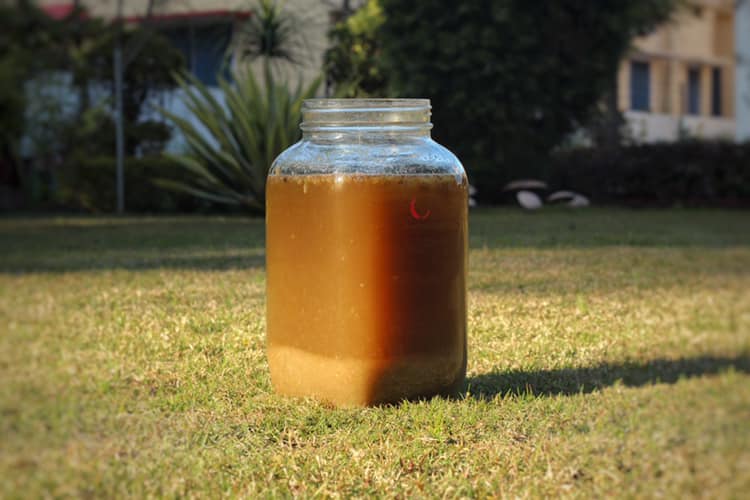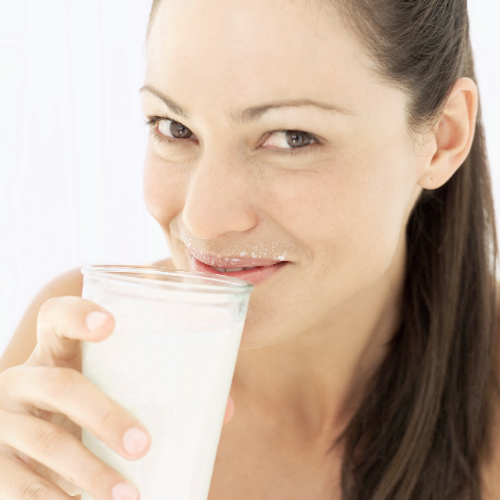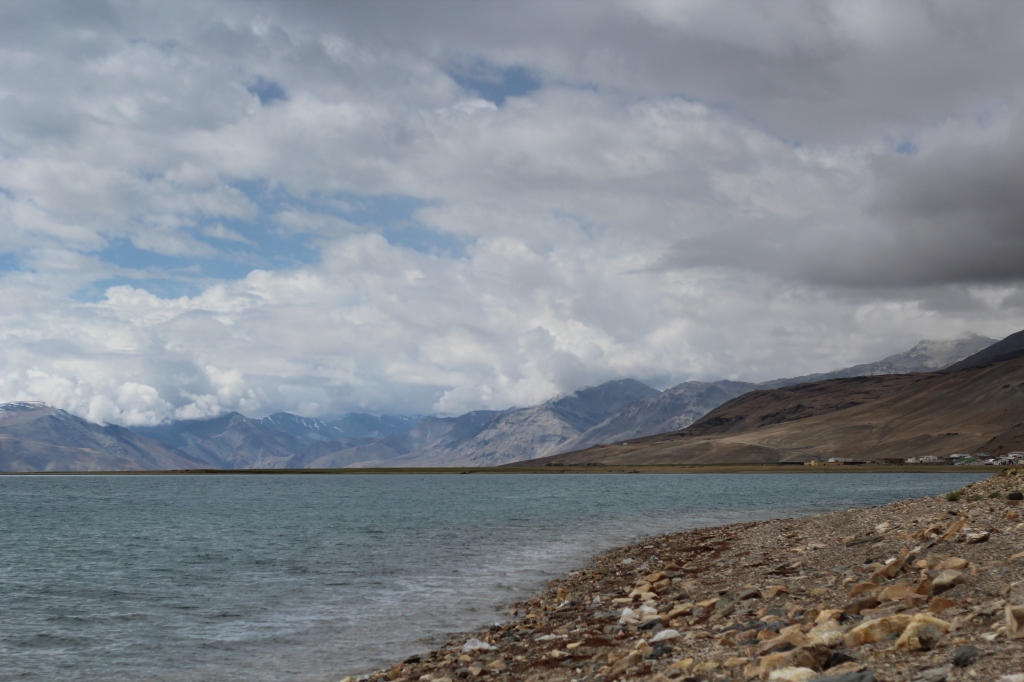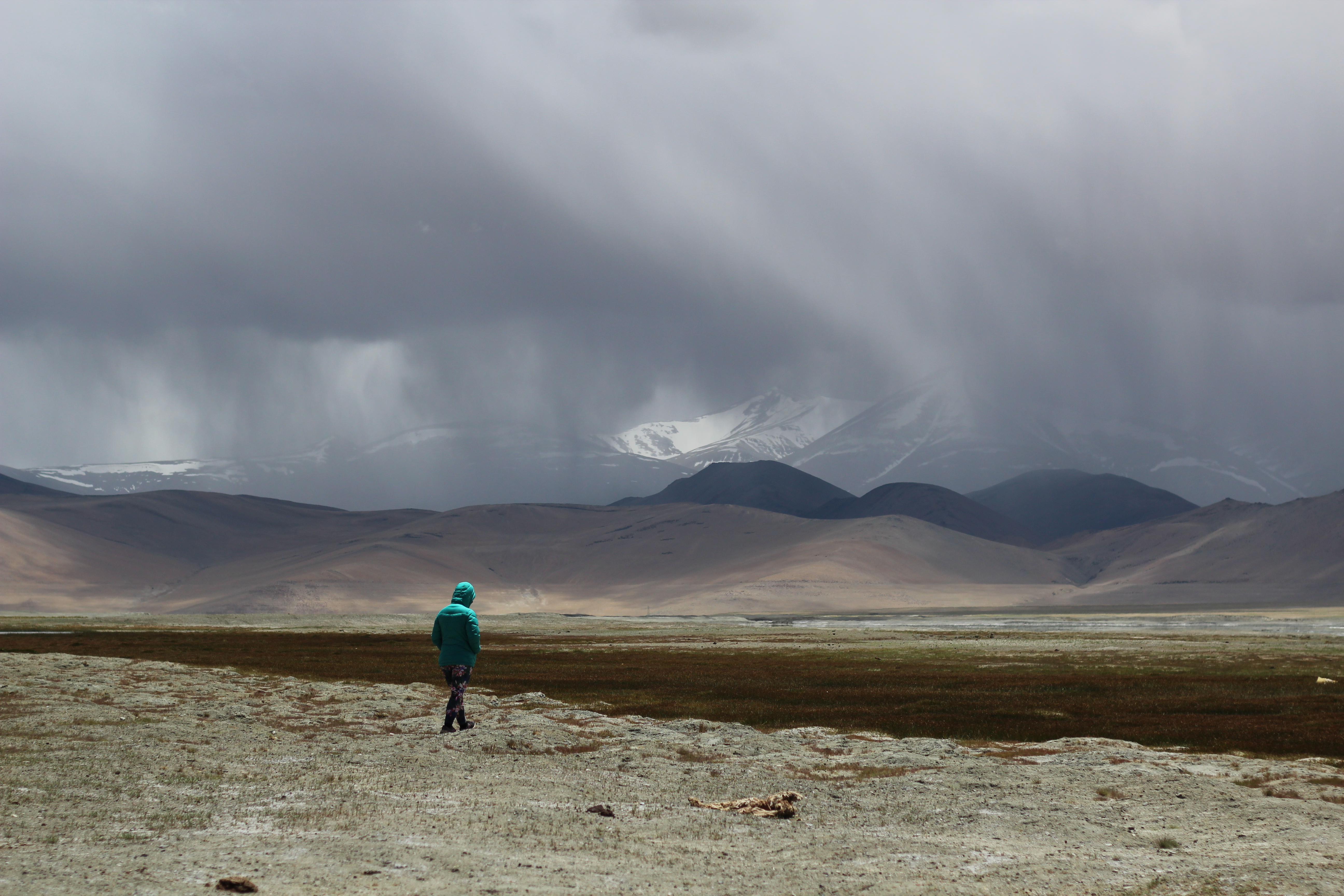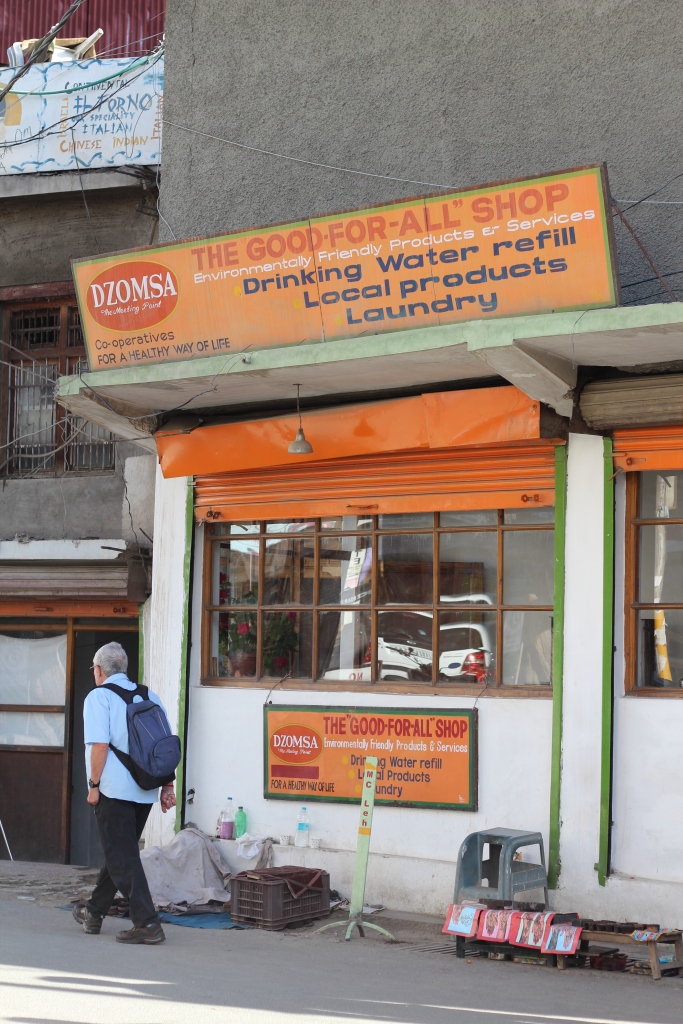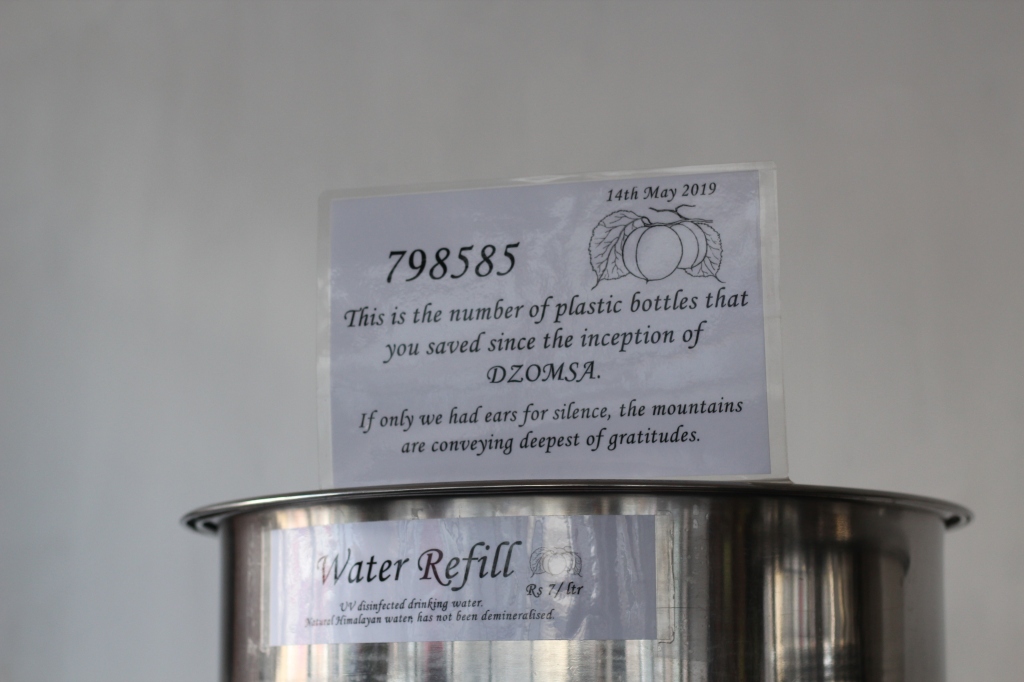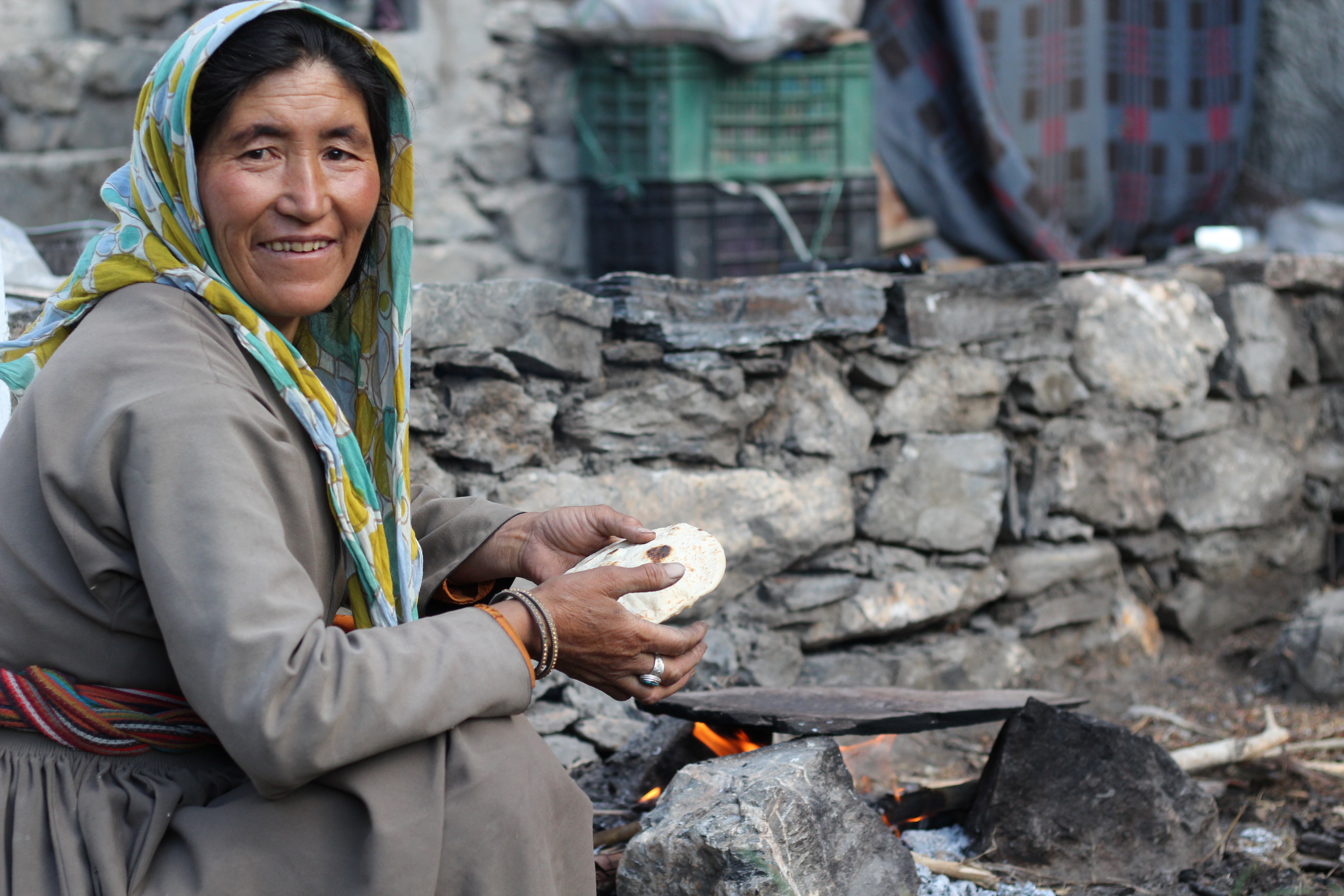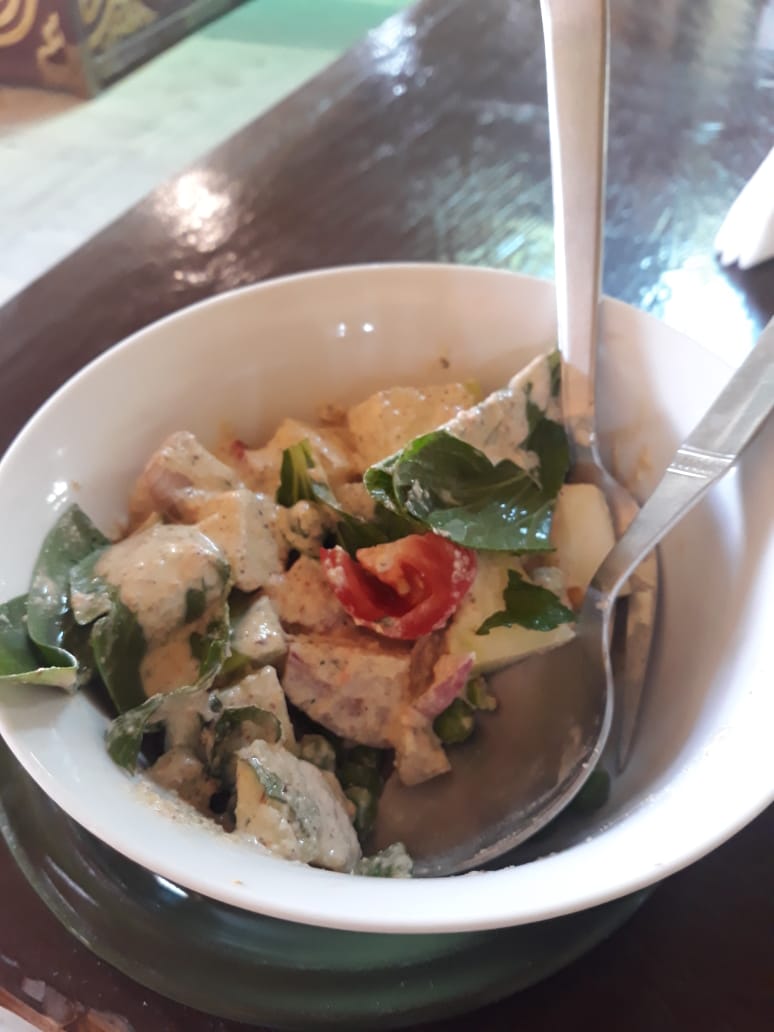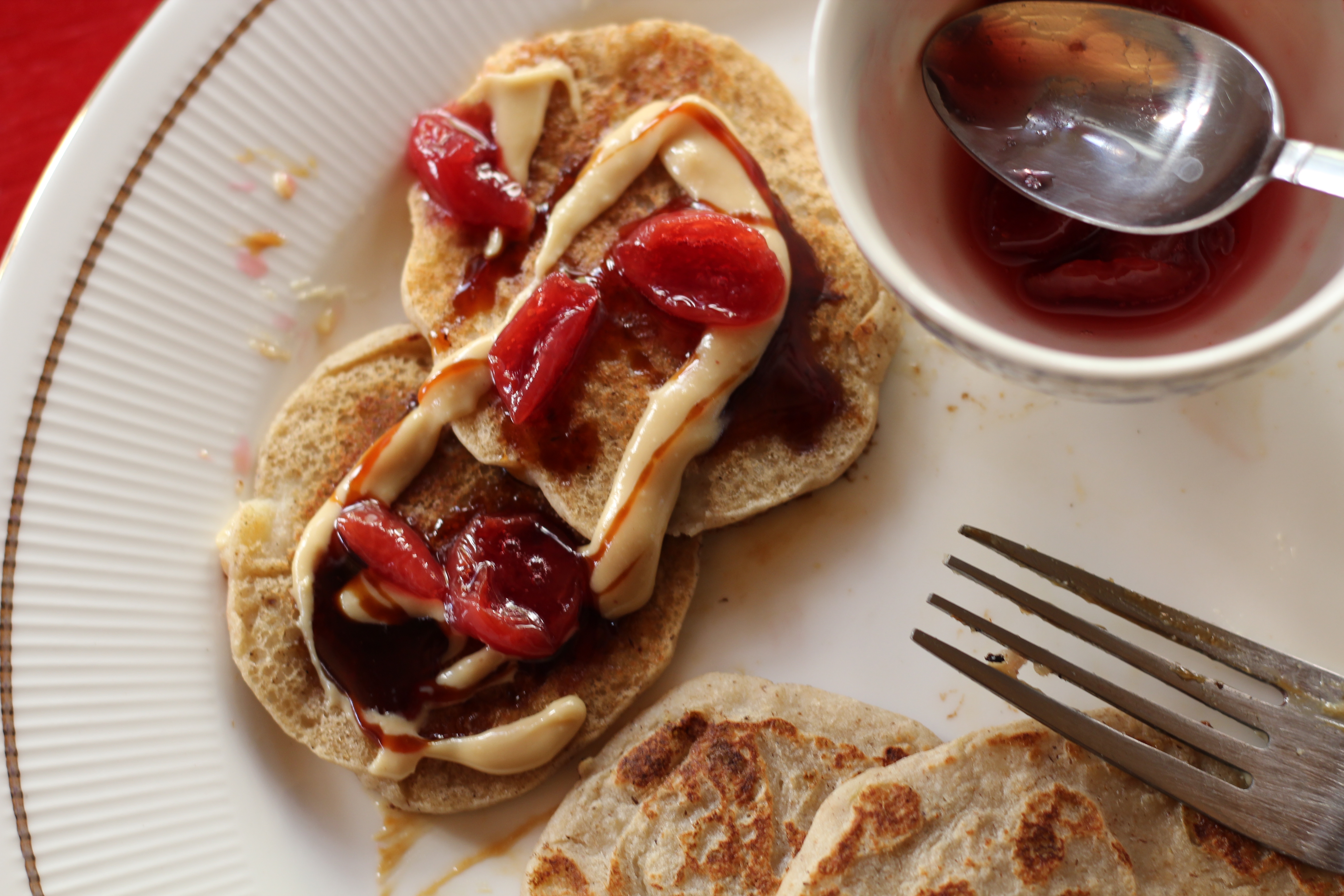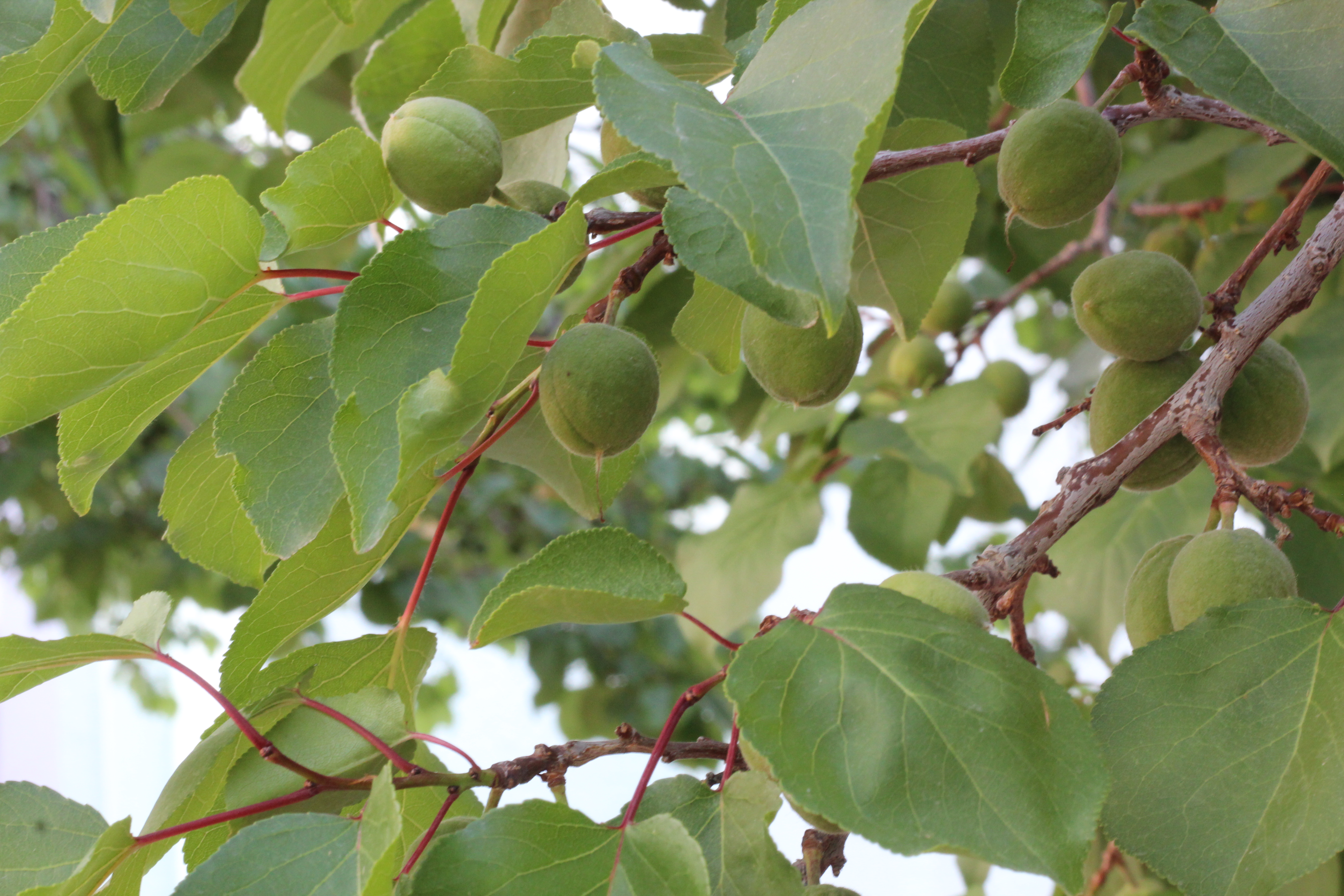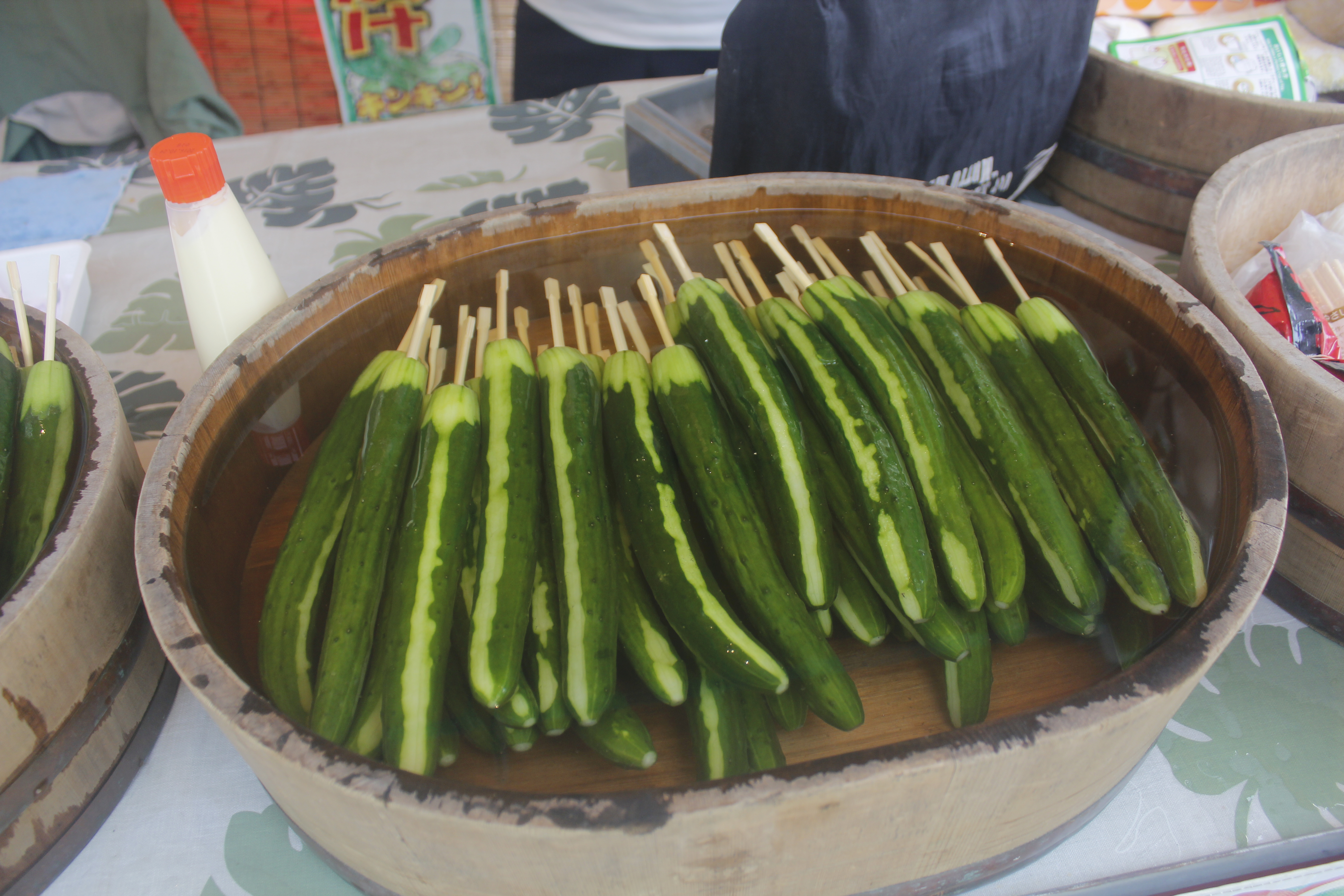
Some call it a fad, some have no problem with it, yet others claim to suffer greatly because of it, so what is the truth? If you’re curious about this – read on!
The word gluten has its origins in a Latin word for gluten meaning glue or a sticky substance! It’s the thing that makes your wheat flour stretchy and sticky unlike other (gluten-free flours)
WHAT EXACTLY IS GLUTEN
Gluten is a protein found in wheat and all its derivatives such as white four, semolina (suji), durum wheat, couscous, cracked or broken wheat. It is also found in barley and rye. There is little amount of gluten even in ancient varieties of wheat such as emmer or khapli.
There are various reasons people are trying to stay off gluten.
- Celiac disease, this is an autoimmune disease. Those with this condition must strictly stay off gluten. Even cross contamination can spell disaster for them.
- Wheat Allergy – this is often confused with gluten allergy, but they are slightly different as those with this allergy can tolerate gluten in other grains such as barley and rye. If the only thing causing you discomfort is wheat and its derivatives, then gluten is not the problem, but you need to stay off wheat in all forms!
- Gluten intolerance or sensitivity – there is no clinical test for this, but a lot of people experience discomfort when they have gluten and relief from bloating, flatulence, heaviness, brain fog, body aches, diarrhea etc. when they cut down or eliminate it.
Let’s look at why these allergies and sensitivities might be more common today than few decades ago!
Over 90% of wheat available today is coming from high yielding varieties which were developed in the lab and came in in the 1960’s. These are very different from the traditional wild varieties which our ancestors were eating for thousands of years before.
These lab made wheat varieties have higher yield and grow faster, and combined with the fact that their seeds need to be purchased for each sowing, makes them commercially very viable for seed companies. Thus in just a few decades (since these seeds were introduced) wheat and its derivatives such as maida (refined white flour) have become the most widely used flour worldwide, especially in commercial uses!
Some of us are starting our morning with tea and cookies, have upma or bread for breakfast and roti for lunch and dinner, with some khakhra thrown in for snack!
That is having wheat 5 times a day –and we have not yet looked at maida in that occasional dessert or wheat hidden in commercial snacking items!
This (unnatural) overconsumption could be a big part of the wheat and gluten allergy story. Most people when they cut down on gluten and add other whole grains into their diet instead get a lot of relief!
HOW GLUTEN AFFECTS US
Gluten tends to be sticky and hard to digest. In fact when we have, say a roti or parantha, the gluten gets sticky in our digestive track. It binds other nutrients to it as it passes along, hence inhibiting their absorption.
Our small intestines have small finger like projections called villi, which are permeable. They constantly open and close to allow nutrients to get absorbed in our blood stream. The gluten can damage these villi. These then become hyper-permeable allowing many other proteins and toxins that should not pass through) to leak into the blood stream. We know this as the LEAKY GUT. And this is what leads to varied symptoms in different people – bloating (inflammation in the intestines), brain fog, body aches, join pains, allergies, rash, headaches and low energy, diarrhea as well.
The leaky gut has implications for our immune system. The presence of foreign particles in our blood stream throws our immune system into a frenzy and high alert. When this continues meal after meal, it tires the immune system and in the long run can be a cause for autoimmune diseases.
DO I HAVE GLUTEN SENSITIVITY ?
While there are tests for Celiac disease and wheat allergy, there are none for non- celiac gluten sensitivity. The best way to find out if gluten is affecting you negatively is to go completely off it for a week and then re-introduce it into your diet. If you experience bloating, discomfort or any other symptom etc. then you know you are better off with cutting it down or out.
Many people I know also had no idea they were mildly sensitive to gluten, because they attributed their mild symptoms such as slight bloating, gas, and discomfort to their general lifestyle and were even ok with them. It is only when they eliminated gluten and experienced relief that they even made the connection that it was specifically gluten that was causing them trouble.
GOING GLUTEN FREE
If you’re gluten sensitive and want to retain some wheat in your diet, here are few possibilities. Emmer Wheat, also known as Khapli is a wild ancient wheat who’s gluten content is a lot lower than commercial wheat. Also once sprouted or fermented the gluten content in wheat goes down. Hence sourdough bread is a great option!
Apart from this you’re basically looking to cut down on gluten intake to a degree that your system can tolerate without causing problems.
Others (who have celiac or severe allergy) may want to completely eliminate.
So here’s your check list –
Wheat
Maida
Rava or Suji
Cous Cous
Noodles
Bulgur
Cracked wheat (Dalia)
Beer
Soy sauce
Mock meats
Also check labels of Commercial bakery products such as biscuits, cookies, bread, cakes, crackers and also packaged snacks like chips and farsaan (yes some of them come coated with wheat)
Pasta
Commercial dips and sauces (always read labels!)
You will be surprised that some products are so intelligently labeled to sound super clean but may contain wheat – so I repeat, always read labels!
The good news there are alternatives to all of the above
Don’t fall for the ultra processed GF flour blends or super fancy expensive products. Here’s your list of wholesome simple possibilities –
Millets – Ragi, Jowar, Bajri, Sama, Little millet, Barnyard, Kodo, Browntop, Foxtail
Amaranth
Quinoa
Rice
Maize (Makkai)
Oats (they are naturally gluten-free but sometimes processed in factories with gluten, and may be contaminated. Hence check for a pack labeled gluten free)
Millet Rava
Rice/Millet or buckwheat noodles
Rice/Quinoa Pasta
Tamari or liquid aminos (for soy sauce)
Polenta
Check out all these delicious Gluten Free Recipes!
Apple Pineapple Crumble, Colourful Millet Upma, Ragi Porridge, Cacao Orange Millet Pudding


